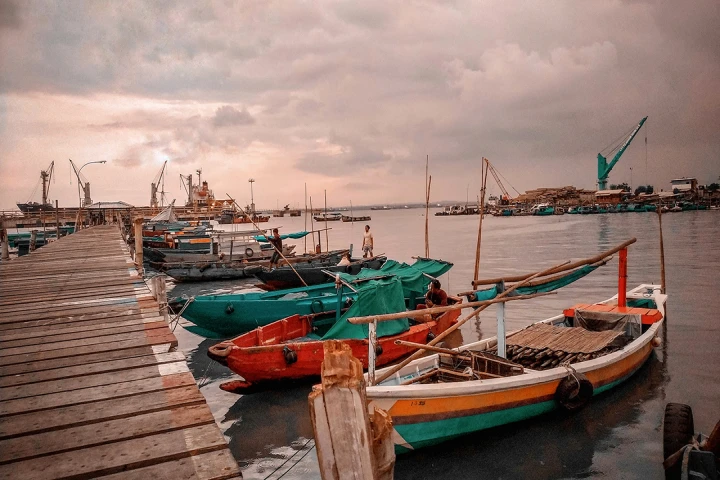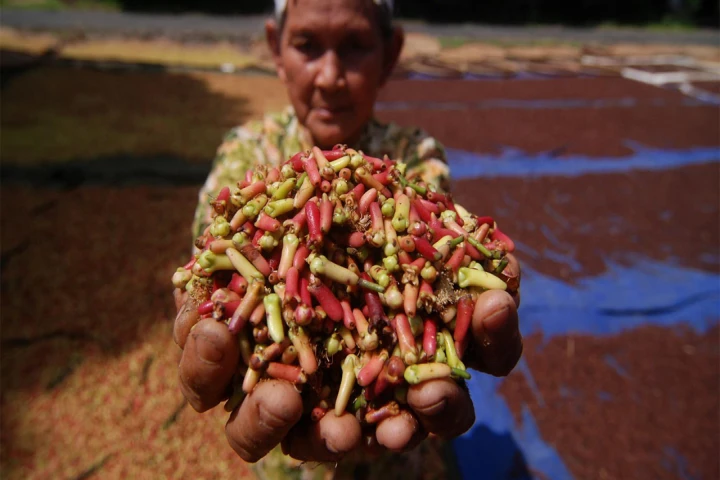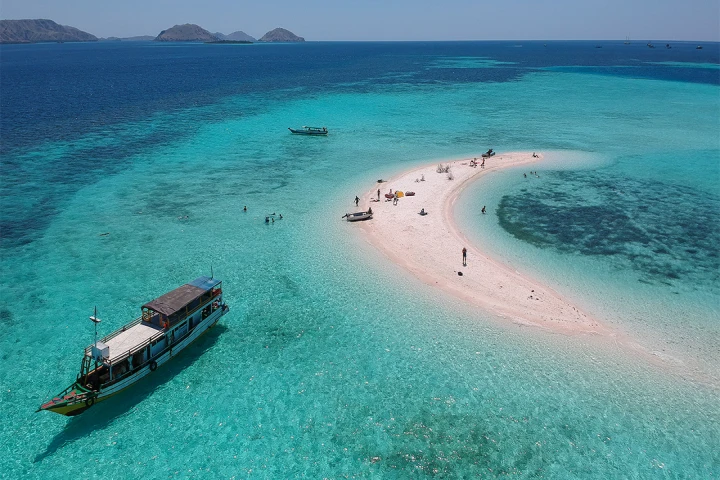A Home to the Malay World: The Ports on Bintan Island in the 13th-19th Centuries

Anastasia Wiwik Swastiwi [1] dan Dedi Arman [2]
anastasiawiwikswastiwi@gmail.com
Abstrak
Wilayah Kepulauan Riau pernah berfungsi sebagai pintu gerbang masuknya para pedagang internasional ke Nusantara. Kepulauan ini memiliki sejarah maritim yang panjang dengan aktivitas perdagangan global yang terekam secara baik dengan ditemukannya situs-situs arkeologi, salah satunya situs kapal karam dan barang komoditasnya. Titik fokus tulisan ini pada dua pelabuhan dagang di Pulau Bintan yang periode waktu kejayaannya berbeda. Pelabuhan Teluk Bintan (saat ini masuk wilayah Kabupaten Bintan) dan Pelabuhan Riau yang berada di Sungai Carang (saat ini masuk wilayah Kota Tanjungpinang). Rentang waktu dalam tulisan ini relative panjang, yaitu dari abad 13 sampai 19. Dalam pengumpulan data, selain studi kepustakaan, tim penulis juga turun ke lapangan, khususnya dalam melihat kondisi kekinian kedua pelabuhan, yakni Pelabuhan Teluk Bintan dan Pelabuhan Riau. Tulisan ini memberikan gambaran bagaimana perdagangan rempah menyebabkan orang dari lintas bangsa dan Nusantara datang ke pelabuhan di Pulau Bintan. Keberagaman etnik dampaknya terlihat hingga masa kini. Ada berbagai etnik mendiami Pulau Bintan, mulai dari Orang Tionghoa, Bugis, Keling, dan etnik lainnya yang datang belakangan.
Kata Kunci: Pelabuhan Teluk Bintan, Pelabuhan Riau, Keberagaman Etnik
Abstract
The Riau Archipelago region once served as a gateway for international traders to enter the archipelago. These islands have a long maritime history with global trade activities recorded well with the discovery of archaeological sites, one of which is the site of shipwrecks and their commodities. The focus of this paper is on two trading ports on Bintan Island which have different periods of glory. Teluk Bintan Port (currently included in the Bintan Regency area) and Riau Port located on the Carang River (currently included in the Tanjungpinang City area). The time span in this paper is relatively long, from the 13th to the 19th century. In collecting data, apart from a literature study, the team of writers also went to the field, especially in observing the current conditions of the two ports, namely Teluk Bintan Port and Riau Port. This paper provides an overview of how the spice trade caused people from across nations and the archipelago to come to the port on Bintan Island. The impact of ethnic diversity can be seen today. There are various ethnic groups inhabiting Bintan Island, starting from the Chinese, Bugis, Keling and other ethnic groups who came later.
Keywords: Teluk Bintan Port, Riau Port, Ethnic Diversity
__________
[1] A lecturer at International Relations Study Program of UMRAH
[2] The Principal Investigator at Cultural Values Preservation Office of Riau
Editor: Moh. Atqa & Doni Ahmadi
Translator: Dhiani Proboshiwi
Image: Bintan Resort via indonesia.travel
This content was created by contributors to Jalur Rempah. The Contributor page is a platform for Jalur Rempah that was specifically initiated for the general public to submit content (in the form of writing, photos and videos) and share their experiences about The Spice Routes. Any content from contributors is the sole responsibility of the contributor.





